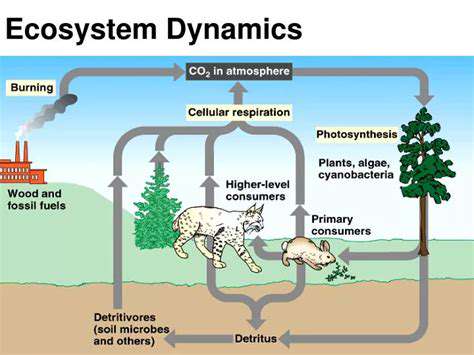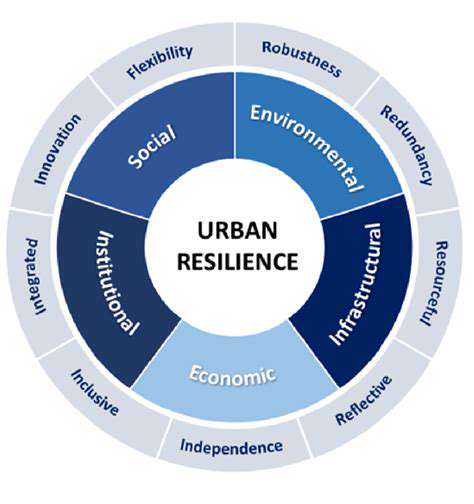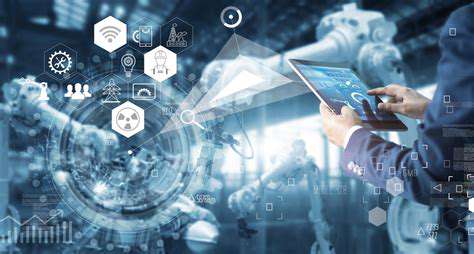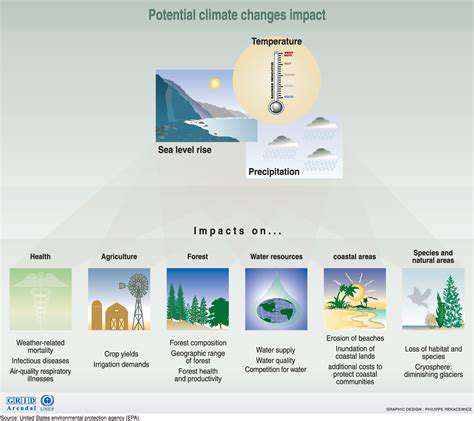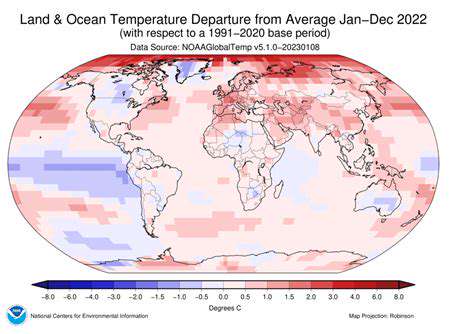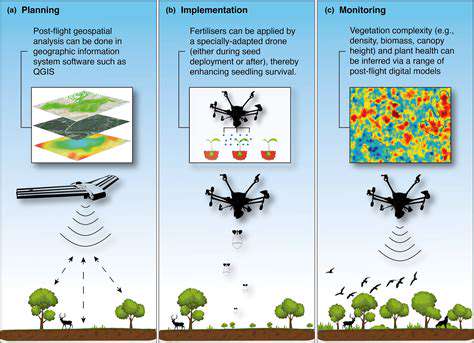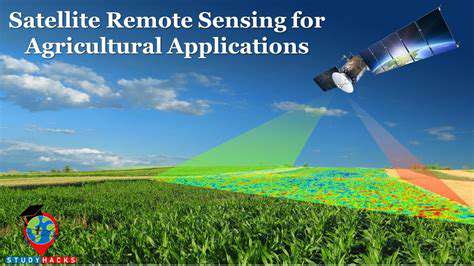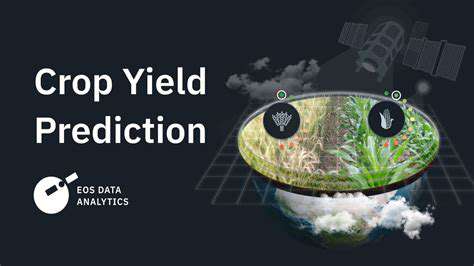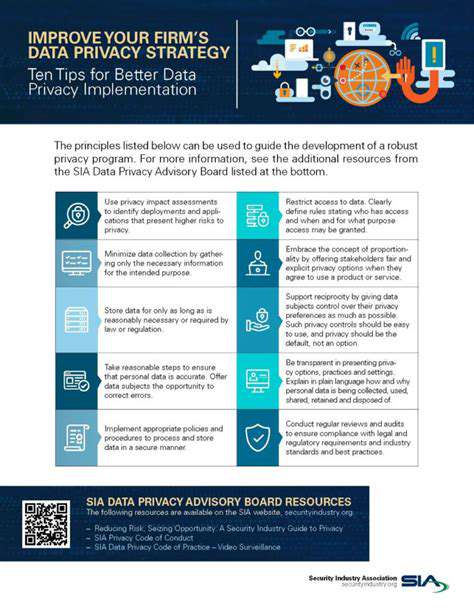Satellite-based remote sensing technologies are revolutionizing avalanche monitoring, providing a crucial, high-resolution, and often real-time perspective on potentially hazardous snowpack conditions. This advanced approach, incorporating various satellite imagery types and atmospheric data, offers a significant leap forward from traditional ground-based methods, enabling a more comprehensive understanding of avalanche risks and facilitating improved forecasting.
The ability to monitor vast mountain ranges and identify subtle changes in snowpack stability, often missed by ground-based observations, is a key advantage of this technology. This wider perspective allows for a more comprehensive understanding of the spatial distribution of avalanche risk, which is essential for effective avalanche control and safety measures.
Advantages of Satellite Data in Avalanche Studies
Satellite data offers numerous advantages over traditional methods. Rapid data acquisition across extensive areas allows for near real-time monitoring, enabling quicker responses to evolving avalanche hazards. This speed is crucial in potentially dangerous situations, allowing for timely warnings and evacuation procedures. Furthermore, satellite data can provide a continuous record of snowpack conditions, revealing long-term trends and patterns that ground-based observations might miss.
The ability to monitor remote and inaccessible areas is a significant benefit. This allows for comprehensive data gathering in areas that are difficult or impossible to reach using traditional methods. This crucial data is essential for ensuring the safety of communities and infrastructure located in avalanche-prone regions.
Data Types Used in Satellite-Based Monitoring
Various types of satellite data are utilized in avalanche monitoring, each providing unique insights into snowpack conditions. Optical imagery, particularly from high-resolution satellites, allows for detailed observation of snowpack surface characteristics, such as the presence of cracks, wind drifts, and other potential instability indicators. This imagery is crucial for identifying zones susceptible to avalanches.
Furthermore, radar and other forms of satellite data that penetrate the snowpack provide insights into the subsurface structure. This subsurface information is critical for understanding the internal stability and density of the snowpack, offering a more complete picture of the potential for avalanche formation.
Applications in Avalanche Forecasting and Mitigation
Satellite data is increasingly incorporated into avalanche forecasting models. By providing comprehensive data on snowpack conditions, precipitation patterns, and terrain characteristics, these models can significantly enhance forecasting accuracy. This improvement allows for more reliable avalanche warnings, enabling better preparedness and response strategies. The data also informs mitigation strategies, helping to identify and target areas with high avalanche risk for proactive measures.
Integration with Ground-Based Monitoring Networks
The future of avalanche monitoring lies in the integration of satellite-based data with existing ground-based monitoring networks. This integration allows for a more comprehensive and nuanced understanding of avalanche risks. Ground-based sensors provide detailed localized data, while satellite data offers a broader context, combining the strengths of both approaches to create a more robust and reliable system. This integration will enhance the accuracy of avalanche forecasts and improve safety measures.
Challenges and Future Directions
Despite the significant advantages, challenges remain in the utilization of satellite data for avalanche monitoring. Cloud cover can obscure satellite imagery, hindering real-time observation. Further research is needed to refine the interpretation of satellite data and to develop algorithms that can more accurately predict avalanche risks from satellite images. Future research should focus on improving the integration of satellite data with other technologies, such as machine learning and artificial intelligence, to enhance the accuracy and efficiency of avalanche forecasting.
Ongoing advancements in satellite technology and data processing techniques will likely lead to even more sophisticated and reliable methods for monitoring and forecasting avalanches in the years to come, ultimately contributing to a safer environment for those living and working in mountainous regions.
Utilizing Satellite Imagery for Avalanche Hazard Assessment
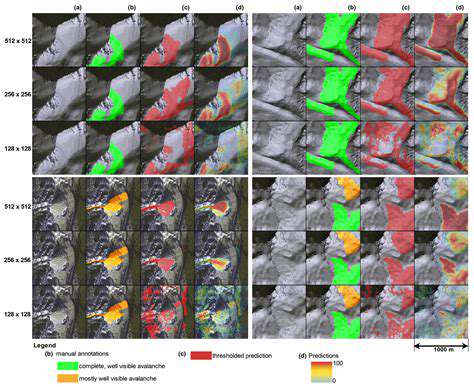
Satellite Imagery: A Powerful Tool for Agricultural Monitoring
Satellite imagery is revolutionizing agricultural practices by providing a comprehensive and timely view of vast tracts of land. This allows farmers and agricultural professionals to monitor crop health, identify areas needing attention, and make data-driven decisions. The ability to monitor crop development from above is crucial for optimizing resource allocation and maximizing yields. By observing subtle changes in vegetation patterns, scientists and farmers can detect early signs of stress, disease, or nutrient deficiencies, enabling timely interventions.
The high resolution and frequent coverage of satellite imagery offers a detailed picture of the agricultural landscape, capturing the nuances of growth, stress, and overall health. This detailed information is invaluable for precision agriculture, enabling targeted application of fertilizers and pesticides, reducing waste, and minimizing environmental impact. This precise approach to resource management is key to sustainable agriculture in the modern world.
Remote Sensing for Precision Irrigation Management
Utilizing satellite imagery for irrigation management is a game-changer in efficient water usage. The data captured from satellites can be used to determine soil moisture levels, crop water needs, and identify areas experiencing water stress. This crucial information allows for precise irrigation scheduling, preventing overwatering and water wastage.
This precision irrigation approach significantly reduces water consumption, conserving valuable resources and minimizing environmental impact. By optimizing irrigation based on real-time data, farmers can save water and increase their yields while reducing costs associated with water usage.
Early Detection of Crop Stress and Disease
Satellite imagery plays a crucial role in the early detection of crop stress and disease. The imagery can identify subtle changes in vegetation that may indicate the presence of disease or stress factors like drought, nutrient deficiencies, or pests. Early detection of these issues is critical for effective intervention and minimizing potential crop losses.
By pinpointing areas of concern, farmers and agricultural professionals can implement targeted interventions, preventing widespread damage and maximizing crop yields. This early detection capability is vital for minimizing economic losses and ensuring food security.
Mapping and Monitoring Land Use Changes
Satellite imagery provides a powerful tool for mapping and monitoring land use changes over time. The ability to track deforestation, urbanization, and other land use changes is essential for understanding the dynamics of land use patterns. This information is crucial for sustainable land management and environmental conservation efforts.
Analyzing historical and current satellite imagery allows us to understand trends in land use patterns and predict future land cover changes. This proactive approach to land use monitoring is essential for effective environmental policy and sustainable development. Understanding the patterns of land use change is key to preserving biodiversity and natural resources.
The humble burger, a seemingly simple sandwich, boasts a rich and fascinating history, spanning centuries and continents. From its humble beginnings as a simple ground meat patty, it has evolved into a global culinary phenomenon. Understanding its origins helps us appreciate the evolution of fast food and global cuisine. Its journey reflects the constant interplay of necessity, innovation, and cultural exchange.
The Role of Machine Learning in Enhancing Satellite-Based Monitoring
Machine Learning Algorithms for Satellite Data Analysis
Machine learning algorithms are revolutionizing the way we analyze satellite data. These algorithms, ranging from simple classification models to complex deep learning networks, can automatically identify patterns and extract meaningful information from massive datasets. This automated process significantly accelerates the analysis process, allowing researchers and analysts to quickly identify trends, anomalies, and changes in the monitored areas, such as deforestation, urban sprawl, or agricultural land use. The accuracy and efficiency of these algorithms are continuously improving, leading to more reliable and timely insights.
Improving Accuracy and Efficiency in Image Processing
Satellite imagery often contains noise and distortions, requiring sophisticated image processing techniques. Machine learning algorithms excel at filtering out these imperfections and enhancing the clarity of the images. By learning from vast amounts of labeled data, these algorithms can identify and remove artifacts, thereby improving the accuracy of subsequent analysis. This enhanced image quality leads to more precise measurements and more reliable insights into the monitored phenomena, leading to more effective environmental management strategies.
Predictive Modeling for Future Trends
One of the most powerful applications of machine learning in satellite-based monitoring is predictive modeling. By analyzing historical satellite data and incorporating other relevant factors, machine learning models can predict future trends and changes in the monitored areas. This capability is crucial for proactive environmental management, enabling timely interventions to mitigate potential environmental damage or optimize resource allocation. For example, predictions of crop yields based on satellite imagery can assist farmers in making informed decisions about planting and resource management.
Enhanced Monitoring of Dynamic Phenomena
Machine learning excels at monitoring dynamic phenomena, such as cloud cover, wildfires, or natural disasters. By continuously analyzing satellite data, machine learning algorithms can identify the onset and progression of these events with high accuracy and speed. This real-time monitoring capability is critical for effective disaster response and for providing early warnings to protect lives and property. This rapid identification allows for timely deployment of resources and mitigation efforts.
Spatial Analysis and Pattern Recognition
Satellite data often provides a vast amount of spatial information. Machine learning algorithms are adept at extracting spatial patterns and relationships from this data. This ability is useful for identifying spatial correlations between different phenomena, such as the relationship between deforestation and soil erosion. This type of analysis can provide critical insights for environmental planning and management, helping to optimize resource allocation and land use practices. This spatial analysis helps to understand the interconnectedness of various environmental factors.
Integration with Other Data Sources
Machine learning algorithms can seamlessly integrate satellite data with other data sources, such as weather patterns, socioeconomic data, and ground observations. This integration allows for a more comprehensive and nuanced understanding of the phenomena being monitored. By combining information from various sources, machine learning can provide a more holistic view of the situation, leading to more effective and well-rounded insights. This multi-source approach enables a more accurate and complete understanding of the complex environmental systems.
Future Trends and Applications of Satellite Avalanche Monitoring
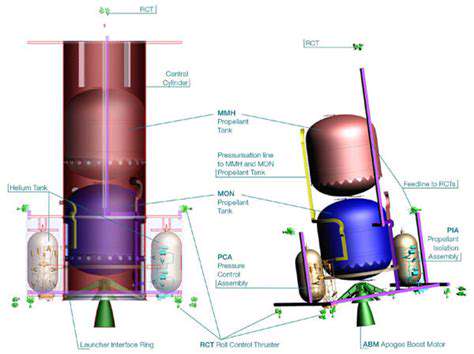
Emerging Technologies Shaping the Future
The rapid advancement of technology is fundamentally altering industries and daily life. Artificial intelligence (AI), machine learning (ML), and the Internet of Things (IoT) are driving transformative changes, presenting both exciting opportunities and complex challenges. These technologies are enabling the development of innovative solutions across various sectors, from healthcare to transportation.
Personalized Experiences in Everyday Life
Imagine a future where products and services are tailored to your individual needs and preferences. Advanced data analytics and machine learning algorithms are enabling personalized experiences in areas like entertainment, shopping, and even healthcare. This level of customization promises to enhance user satisfaction and create more efficient systems.
Enhanced Automation and Efficiency
Automation is rapidly transforming the way businesses operate. Robotic process automation (RPA) and AI-powered tools are streamlining workflows, reducing human error, and increasing overall efficiency. This leads to cost savings, faster turnaround times, and improved productivity across a broad spectrum of industries.
Sustainable Solutions for a Changing World
Addressing climate change and environmental concerns is becoming increasingly critical. Emerging technologies are playing a crucial role in developing sustainable solutions, including renewable energy sources, smart grids, and innovative waste management systems. These solutions are essential for mitigating the effects of climate change and building a more environmentally responsible future.
Revolutionizing Healthcare and Wellness
The healthcare industry is undergoing a significant transformation, driven by advancements in medical technology. AI-powered diagnostic tools, personalized medicine approaches, and telemedicine platforms are revolutionizing patient care, enabling more accurate diagnoses, faster treatment, and improved access to healthcare services. This is leading to better health outcomes and overall improved well-being for individuals.
Expanding Accessibility and Inclusivity
Technology is playing a vital role in breaking down barriers and fostering inclusivity. Accessibility features in software and hardware are making technology more inclusive for people with disabilities. Furthermore, new communication tools are bridging cultural gaps and promoting understanding across diverse communities. This is creating a more connected and equitable world.
Ethical Considerations and Responsible Development
As technology continues to advance, it's crucial to consider the ethical implications and ensure responsible development. Addressing issues like data privacy, algorithmic bias, and job displacement is essential for harnessing the power of technology for the benefit of all. Careful consideration of these ethical dimensions is essential to ensure that technological progress benefits society as a whole, rather than exacerbating existing inequalities.
